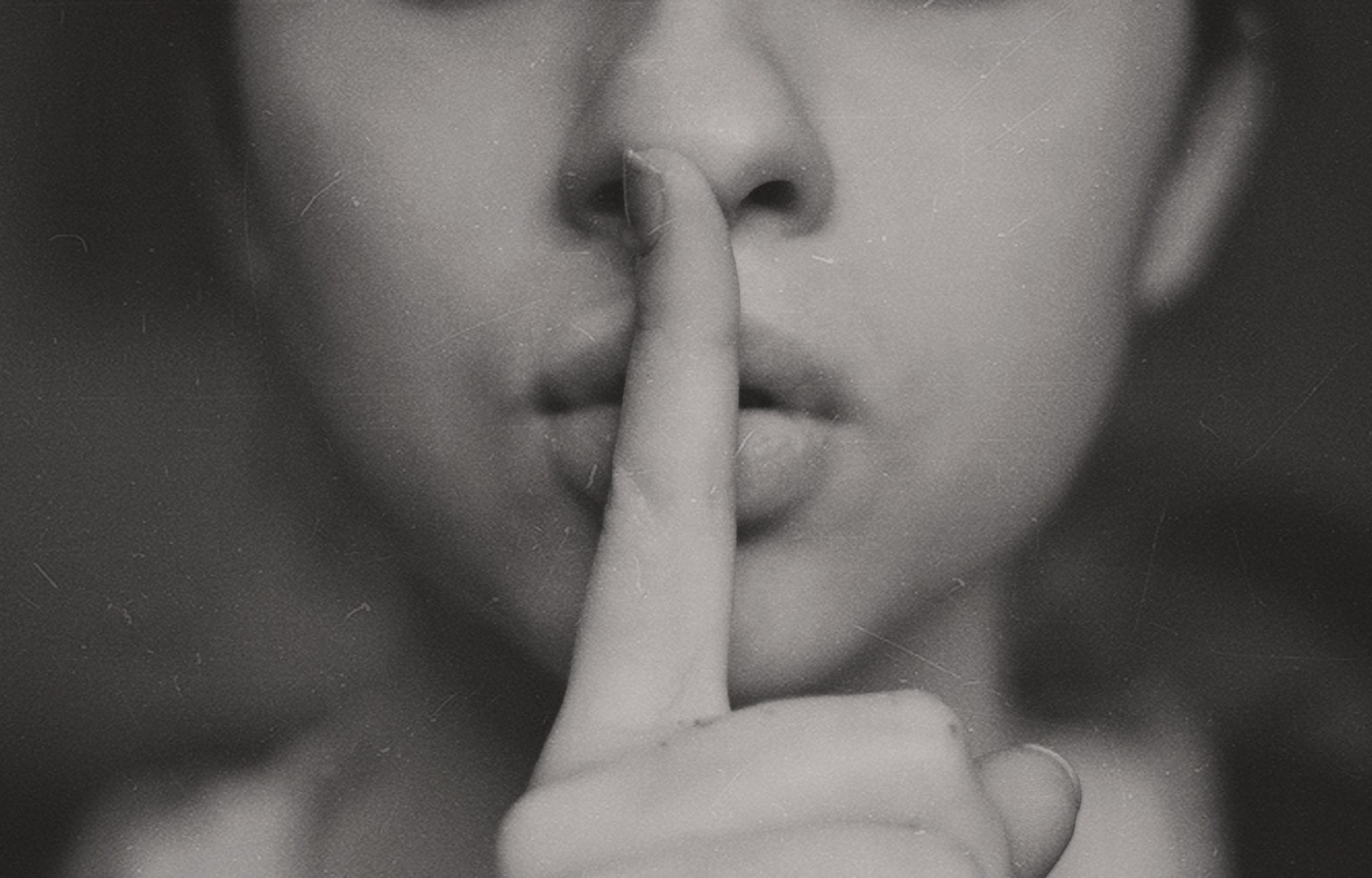Have you ever found yourself in the middle of a heart-to-heart with a friend, only to notice they’re more engaged with their phone than with your conversation? Or perhaps you’ve been the one sneaking a peek at your screen while someone’s pouring out their soul to you.
It’s a modern-day conundrum that’s as common as it is controversial. The term ‘phubbing’ might sound like something straight out of a Dr. Seuss book, but it’s a very real phenomenon that’s infiltrating our social interactions. Coined to describe the act of snubbing someone in favor of a mobile phone, ‘phubbing’ has become a hot topic of debate. Is it a harmless byproduct of our tech-savvy society, or is it a rude and disrespectful habit that’s eroding the quality of our relationships?
Let’s dive into the heart of the matter.
Imagine you’re all dolled up, ready to hit the town with your bestie. You’re buzzing with excitement, but your friend is glued to her phone, chatting away with her boyfriend. You feel like you’re just a backdrop to her digital dalliance. When you finally voice your frustration, it’s not just the mascara that starts running – tempers flare, and a full-blown argument ensues. Sound familiar? It’s a scenario that’s playing out across the globe, leaving many to wonder: when did our phones become the third wheel in our friendships?

The Cambridge Dictionary lays it out for us, defining ‘phubbing’ as ‘the act of ignoring someone you are with and giving attention to your cell phone instead.’ It’s a behavior that’s becoming so commonplace, some might argue it’s just part of today’s social fabric. But let’s not be too hasty to normalize it. When we’re constantly looking at our phones, we’re not just breaking some unwritten rule of phone etiquette; we’re chipping away at the very foundations of our personal connections. Think about it – uninspired conversation, lack of attentiveness, and a general air of disinterest are hardly the ingredients for a thriving relationship.
The message we’re sending when we’re distracted by our phones is loud and clear: ‘I’m not fully present.’ It’s a non-verbal cue that screams boredom, disinterest, or worse, that something – or someone – else is more important. Misunderstandings can arise, details can be missed, and before you know it, resentment starts to build. The repercussions on our relationships can be profound. And let’s not forget the non-verbal cues we miss out on when our eyes are locked on a screen – the emotions, the body language, the subtle physical nuances that are the lifeblood of genuine human interaction.
It’s not just about missing out on the emotional cues, either.
When you’re half-listening, half-scrolling, your responses can come off as lacking empathy or sincerity. You’re there, but you’re not really there, and it can make you seem aloof or uncaring. It’s the kind of social faux pas that can turn an otherwise enjoyable evening into an awkward memory.
What’s the antidote to this digital distraction? For starters, there are practical solutions like apps designed to curb phone use – a nod to the fact that sometimes we need a little help breaking free from the grip of our gadgets. Establishing phone-free zones can also work wonders. Imagine a dinner table where the only thing being passed around is conversation, not cell phones. Or a living room where the couch is a sanctuary for shared experiences, not silent scrolling.
Schedule specific phone check times to reduce digital intrusion.
Picture this: everyone agrees to a 30-minute phone break where you can all indulge in your digital fix together, sharing photos, posts, and laughs. Then, once the time is up, the phones go away, and the focus shifts back to the people in the room.
Sometimes, the simplest solution is to put physical distance between you and your device. Out of sight, out of mind, right? By placing your phone in another room, you’re making a conscious choice to be present with those around you. It’s a small gesture that can have a big impact on the quality of your interactions.
But let’s not demonize technology entirely. It’s important to acknowledge the role it plays in keeping us connected, especially in a world where our networks can span the globe. Social media and digital communication are invaluable tools for maintaining relationships, both personal and professional. The key is to strike a balance – to ensure that our online connections don’t come at the expense of the ones right in front of us. After all, it’s the people we can reach out and touch who will be there for us when we need them most, through the highs and the lows of life.
It’s worth noting that communication styles can vary greatly, especially across generations. While some might view texting at the dinner table as the height of rudeness, for others, particularly younger folks, it’s just another way to engage. They’re not necessarily ‘phubbing’ – they’re communicating in a manner that feels natural to them. It’s a reminder that context matters, and what’s considered rude in one setting might be perfectly acceptable in another.
It’s about respect – for our friends, our family, and the moments we share. It’s about recognizing when it’s time to put the phone down and truly engage with the world around us. Because when we do, we enrich our lives with experiences that no app or text message can replicate. And isn’t that what life’s really about?

Let’s take a moment to reflect on our own habits. Are we guilty of phubbing? Have we allowed our phones to become barriers rather than bridges in our relationships? It’s a question worth pondering as we navigate the complex social landscapes of the 21st century.
In the next section, we’ll explore practical tips and strategies to help us avoid phubbing and foster more meaningful connections in our ‘real’ lives. Stay tuned, and let’s commit to being more present – both online and off. Now that we’ve established the social faux pas of phubbing and its impact on our relationships, let’s pivot to some actionable advice. How do we navigate the choppy waters of social etiquette in the age of smartphones? Here are some practical tips to help you avoid phubbing and enhance your real-life connections.
Awareness is key.
Recognize the moments when you’re reaching for your phone out of habit rather than necessity. Challenge yourself to be more mindful of your phone usage, especially when you’re in the company of others. It’s easy to slip into the digital realm, but remember, the person in front of you deserves your attention.

Communication is crucial.
If you’re expecting an important call or message, let your friend know at the beginning of your time together. This sets the expectation and shows that you’re not just disengaging without reason. Transparency can prevent misunderstandings and shows that you value your friend’s company.
Creating phone-free zones or times can be incredibly effective. Whether it’s during meals, coffee dates, or specific ‘no-phone’ hangouts, these boundaries can help foster a more engaging and present environment. It’s about creating a space where everyone feels valued and heard, without the constant buzz of notifications.
Another tip is to engage in activities that naturally discourage phone use.
Go for a hike, take a painting class, or cook a meal together. Activities that require your hands and your full attention make it less tempting to reach for your phone. Plus, they create memories and experiences that are far more enriching than any text conversation.
For those who find it difficult to disconnect, consider using technology to your advantage. There are apps available that can help limit your phone use, as mentioned by Inc.com. These tools can be set to block certain apps or functions during times when you want to be more present. It’s a bit ironic to use technology to escape technology, but if it works, it’s worth it.
If you’re in a group setting and notice the domino effect of everyone reaching for their phones, be the change. Keep your phone tucked away and engage with others. Often, it only takes one person to shift the dynamic of the group. Be that person who encourages real-life interaction.
Remember, it’s not about demonizing phone use entirely. Phones are an integral part of our lives, and they serve many important functions. It’s about balance and knowing when to prioritize human connection over digital communication. It’s about being present and making the most of the time you have with the people around you.
Don’t be too hard on yourself. We’re all navigating this new digital landscape together, and it’s okay to slip up now and then. What’s important is that you’re making an effort to be more present and engaged with those around you. Your relationships will thank you for it.
Our phones connect us to the world but can disconnect us from those around. By setting boundaries and engaging in phone-free activities, we can improve relationships. It’s about balancing tech to enhance, not hinder, real connections. Try putting the phone down and see interactions flourish.
Related posts:
Is It Rude to Look at Your Phone When Talking? by Rosalinda Randall
Phone Etiquette: Is it rude to be on your phone while with others?
11 Scenarios When Using Your Phone Could be Considered Rude




